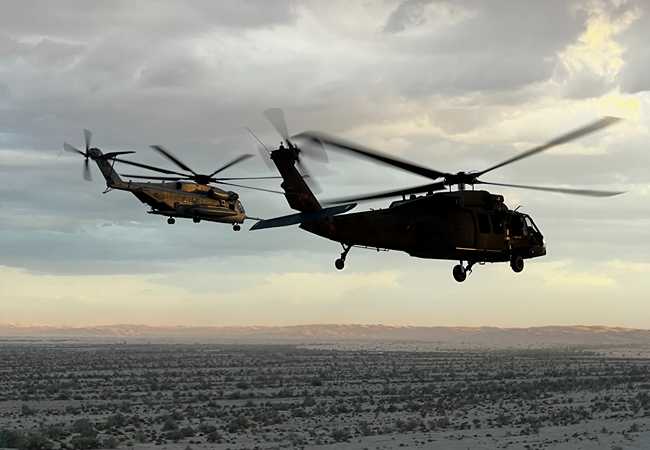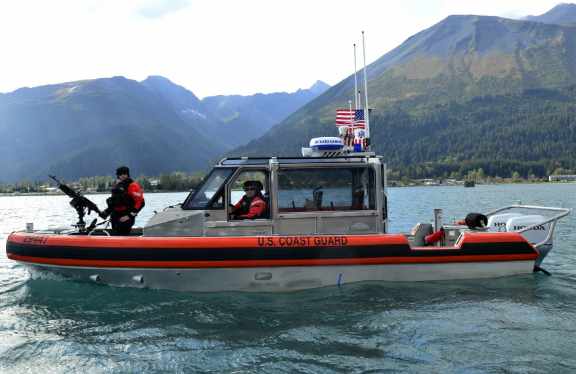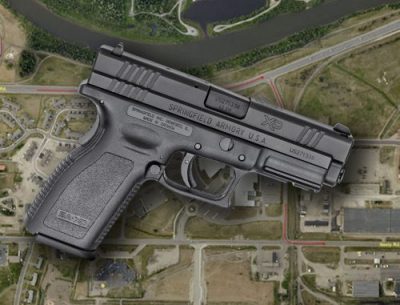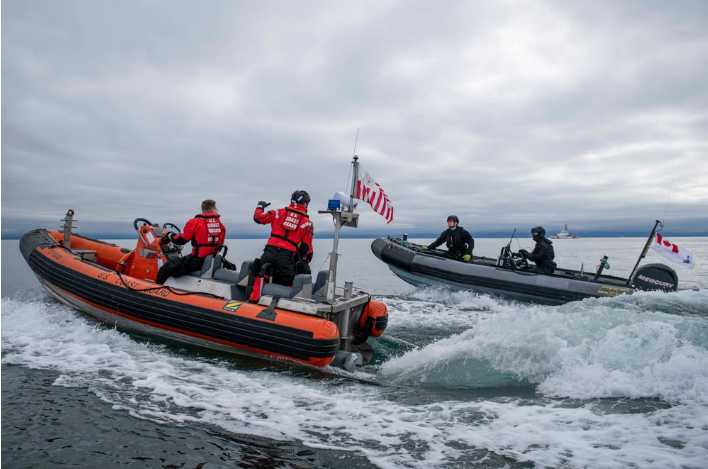
JOINT BASE ELMENDORF-RICHARDSON, Alaska – Aviators from the Alaska Army National Guard and the U.S. Army Aviation Center of Excellence recently began training at the Marine Corps Weapons Training Instructor Course at Marine Corps Air Station, Yuma, Ariz.
The current training iteration, March 4 through April 20, hosted by the Marine Aviation Weapons and Tactics Squadron 1, marks the first time U.S. Army UH-60 Black Hawk crews (other than Special Forces) have taken part in the highly competitive and rigorous joint training course which is often referred to as the “Top Gun” of Marine Corps aviation.
Unlike the Navy’s Top Gun, which primarily focuses on air-to-air combat, the WTI course trains the complex integration of all Marine aviation assets, ground forces, command and control systems, logistics, and air defense assets.
According to the Marine Corps website, “The Weapons Training Instructor Course is a fully integrated course of instruction for highly experienced and fully qualified officers from all aviation communities. Officers from ground combat, combat support, and combat service support also attend the course to ensure appropriate air-ground interface.”
The combined Army aviation detachment consists of about 18 soldiers, 14 of which are from the Alaska Army National Guard. An Alaska Air National Guard C-17 Globemaster III transported two AKARNG UH-60L Black Hawk helicopters from JBER to Marine Corps Air Station Yuma in early March to participate in the course.
Two active-duty aviators from U.S. Army Aviation Center of Excellence (USAACE) at Ft. Novosel, Ala., are taking part in the course alongside the Alaska guardsmen. The UTARNG provided a spare UH-60L Black Hawk and two guardsmen to assist with maintenance.
During the seven-week school, the two Army aircrews will train with members of the Marine Corps, Navy and Air Force. The two hoist-capable Black Hawks with extended range fuel tanks will fly a rigorous schedule of simulated combat missions with U.S., allied and opposing force fixed wing and rotary aircraft.
Lessons learned during the school will assist the Army in evolving its aviation training methodology and combat tactics as it trains to counter a near-peer threat.
Upon meeting their training objectives, the Alaska guardsmen will graduate April 21.
###[content id=”79272″]








